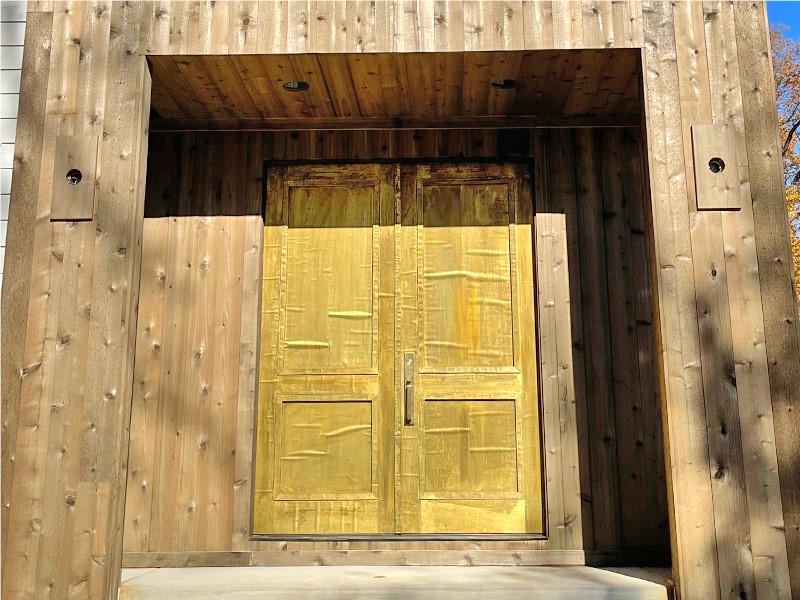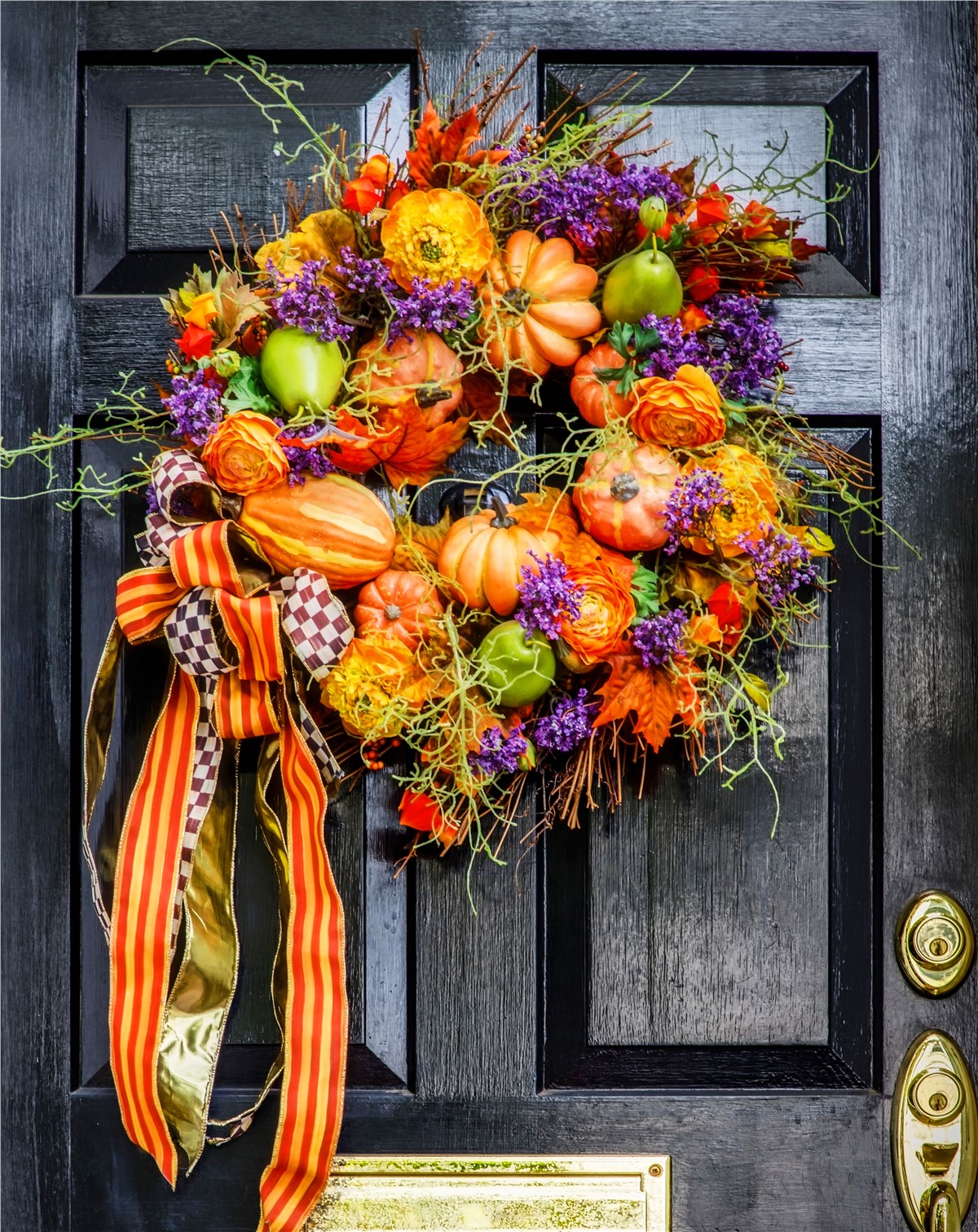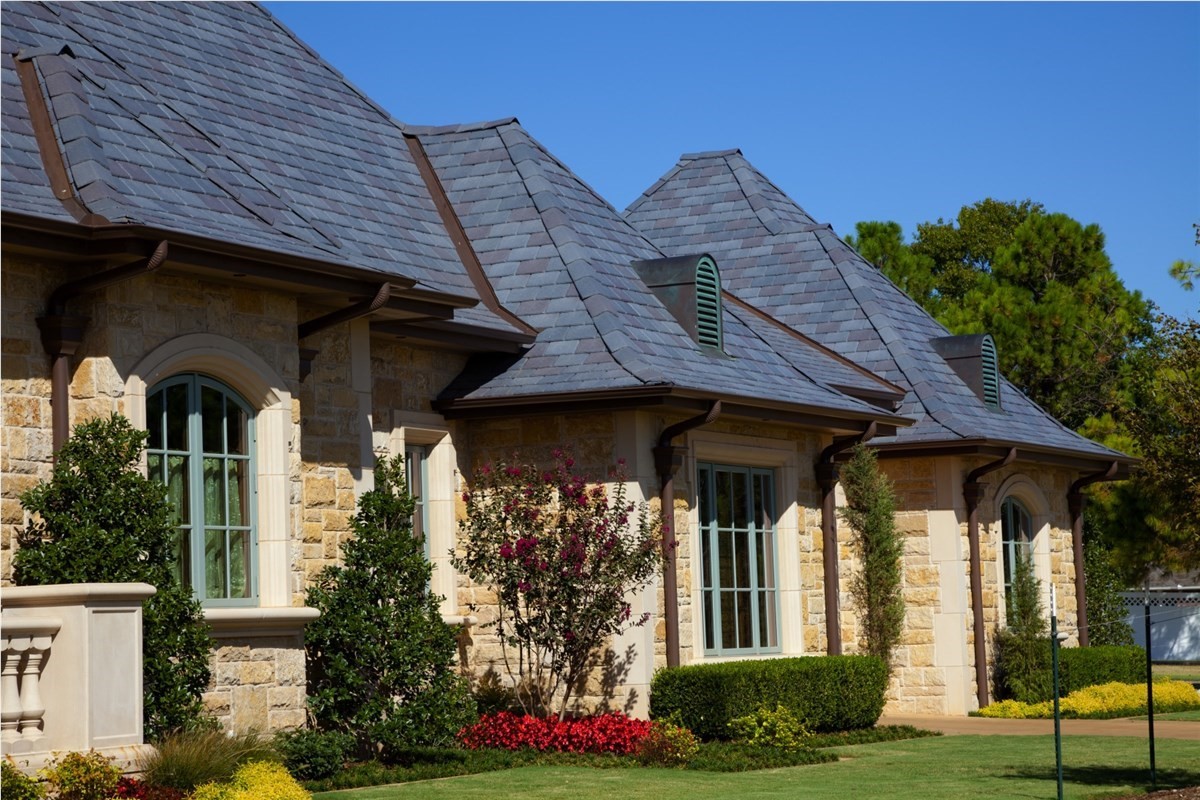
Your front door is the first thing visitors see when they come to your home, setting the tone for the entire house. Installing a replacement entry door can enhance your home's appearance and provide added security, energy efficiency, and increased value. We explore the benefits of installing a replacement entry door and the factors to consider when making this home improvement investment.
Difference between entry and interior doors
When it comes to doors in your home, it's essential to understand the difference between entry and interior doors. Both serve different purposes and have unique features that make them suitable for specific areas in your home.
Entry, or front doors, are the primary entry points for guests and visitors. These doors are typically more substantial than interior doors and are designed to provide security and insulation against the elements. In addition, entry doors are often made of durable materials such as wood, fiberglass, or steel and come equipped with locking mechanisms and weather stripping to keep out drafts and unwanted visitors.
On the other hand, interior doors separate different rooms and areas within your home. These doors are typically smaller and have lighter duty than entry doors. Interior doors can be made of various materials, such as wood, vinyl, or glass, and provide privacy and sound insulation. However, they are not typically equipped with locking mechanisms and weather stripping, as they are not meant to be used as a primary point of entry or exit.
Regarding design, entry doors are often more decorative and ornate than interior ones. They are often considered an essential feature of the house and reflect the style and character of the home. Interior doors can be decorated or painted but are less ornate and decorative than entry doors.
10 Reasons to Replace Entry Doors
- Enhanced curb appeal: A new entry door can instantly improve the appearance of your home, increasing its curb appeal and value.
- Increased energy efficiency: A replacement entry door can help reduce drafts and improve insulation, leading to lower energy bills.
- Enhanced security: New entry doors have more robust locking mechanisms and other security features to keep your home and family safe.
- Improved functionality: A new entry door can be customized to fit your needs and preferences, such as a broader or taller opening for easy access.
- Better insulation: Modern entry doors are often made with materials that are better at insulating your home, keeping it warmer in the winter and cooler in the summer.
- Increased durability: A new entry door is less likely to warp, rot, or become damaged over time, resulting in a longer lifespan.
- Improved ventilation: Many new entry doors have built-in vents for better ventilation and airflow throughout your home.
- Reduced maintenance: A new entry door requires less maintenance than an older door, saving you time and money in the long run.
- Increased property value: A new entry door can increase the value of your home, making it more attractive to potential buyers.
- Personalization: With various styles, materials, and colors, you can customize your new entry door to reflect your taste and style.
Choosing the right entry doors for your home
When choosing the right entry door for your home, there are several options, including fiberglass, wood, steel, aluminum, and composite. Each material has unique benefits and drawbacks, making it essential to weigh your options carefully before deciding.
- Fiberglass entry doors are popular because they are durable, energy-efficient, and easy to maintain. They are also resistant to rotting, warping, and insect damage. In addition, they come in various styles that mimic the look of wood while being more affordable and lightweight.
- Wood entry doors are known for their natural beauty and warmth. They can be customized to match your home's style and come in various finishes and stains. However, wood doors require regular maintenance to keep looking their best and are susceptible to warping, rotting, and insect damage.
- Steel entry doors are known for their strength and durability. They are also energy-efficient and come with a variety of security features. They can be painted or stained to match the style of your home, but they can be dented or dinged if something hits them.
- Aluminum entry doors are lightweight and easy to maintain, making them an excellent choice for coastal areas where salt and humidity can cause damage to other materials. However, they can be noisy when closed and are less energy efficient than other materials.
- Composite entry doors are a newer option made from a combination of materials, such as wood and PVC. They are known for their durability, energy efficiency, and low maintenance. They come in various styles and colors and can be made to look like wood or steel.
When choosing the right entry door for your home, consider your home's style, budget, and priorities regarding energy efficiency, security, and maintenance. In addition, it is crucial to consider your area's climate and personal preferences. Also, a good option is to contact us for more information and an estimate on replacement doors. We can help you determine the best choice for your home and guide you through the installation process.
Complement your home's architecture with a style door
Choosing the right entry door style can significantly enhance your home's overall aesthetic, complementing its architectural design and character. Several popular door styles include traditional or classic, modern or contemporary, craftsman, decorative, rustic, and Dutch.
- Traditional or classic doors are characterized by ornate details, such as raised paneling and decorative molding. They are often made of wood and are suitable for homes with a more formal architectural style, such as Colonial or Victorian.
- Modern or contemporary doors are characterized by their clean lines and minimalistic design. They are often made of glass or metal and are suitable for homes with a more modern architectural style, such as mid-century or contemporary.
- Craftsman doors are known for their simple yet elegant design and attention to detail. They are often made of wood and feature elements such as exposed hinges and decorative glass. They suit homes with a Craftsman or Arts and Crafts architectural style.
- Decorative doors are known for their intricate and detailed design, often featuring ornate glasswork, metalwork, or other embellishments. They are suitable for homes with a more formal or grand architectural style, such as Mediterranean or Victorian.
- Rustic doors are characterized by their natural, weathered look and often feature reclaimed wood and metal hardware elements. They are suitable for rustic or country architectural homes like cabins or farmhouses.
- Dutch doors are characterized by their unique design, featuring a top and bottom half that can be opened separately. They are suitable for homes with a Colonial or Colonial Revival architectural style.
A door can make a statement, and choosing one that complements your home's overall style and feels is essential. When selecting a door style, it's necessary to consider your home's architectural style and personal preferences. It's also important to consider the location of the door, if it's the main entrance or a secondary entrance.
Essential features of an entry door
When choosing an entry door for your home, several essential features must be considered to ensure that it meets your needs and provides maximum efficiency, security, and durability. Some essential features include insulation, weatherstripping, R-value, materials and durability, and weather resistance.
Insulation is an important feature to consider when choosing an entry door, as it helps to reduce drafts and improve energy efficiency.
Weatherstripping is another critical feature to look for in an entry door; this seal is placed around the door to prevent drafts and leaks, helping to keep your home warm in the winter and cool in the summer.
When it comes to materials and durability, different materials have different properties. For example, fiberglass, steel, and composite doors are highly durable and energy efficient, while wood doors are also energy efficient but require regular maintenance. Aluminum doors, as mentioned above, are suitable for coastal areas where salt and humidity can cause damage to other materials.
Weather resistance is another critical feature to consider when choosing an entry door. A good weather-resistant door can withstand high winds, heavy rain, and extreme temperatures without warping, rotting, or becoming damaged.
If choosing a door with a glass feature, it's essential to remember glass is a very poor insulator. And it’s best to choose doors with glass with several layers of low-emissivity coatings and low-conductivity gases between panes.
A home's older, uninsulated, and improperly installed exterior doors can contribute significantly to air leakage and waste energy through conduction, especially if improperly sealed. Contact us today to estimate how we can improve your home.
Tags
Subscribe to Pro Home 1's Blog










Comments